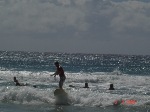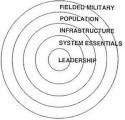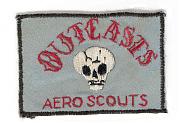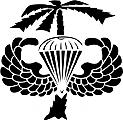The Army controls the ground, and all actions that influence behavior on the ground in their sector. The Air Force normally controls the deep battle space, unless there is a Joint Special Operations Area (JSOA) established. If the Army lost their UAVs, then they would have to go through another service to "request" support for critical ISR capability, and that support may or may not be provided. We have a hard enough time getting close air support, so when Small Wars are no longer cool and the Air Force is chasing the next big money project, they'll neglect their UAV fleet, and focus on satellite killers or something else. I definitely don't mind the Air Force owning and controlling all assets that support Air and Space Superiority, because that is their mission, but I do mind when they want to interfere with tactical air assets that influence the tactical fight on the ground. I guess the same can be said about the constabulary force, why have the Air Force develop it, when it is going to work for the Army or Marines anyway? To me that just doesn't make sense, the Army already has the infrastructure for training this force. For Small Wars I think the Air Force should focus on enablers, like the ones I mentioned previously, not taking on tactical ground missions outside of base defense. I don't see it as a knee jerk reaction, but a rather well thought out argument. At least from where I sit.









 But you are right, typically people have different reasons for joining the AF.
But you are right, typically people have different reasons for joining the AF.


Bookmarks